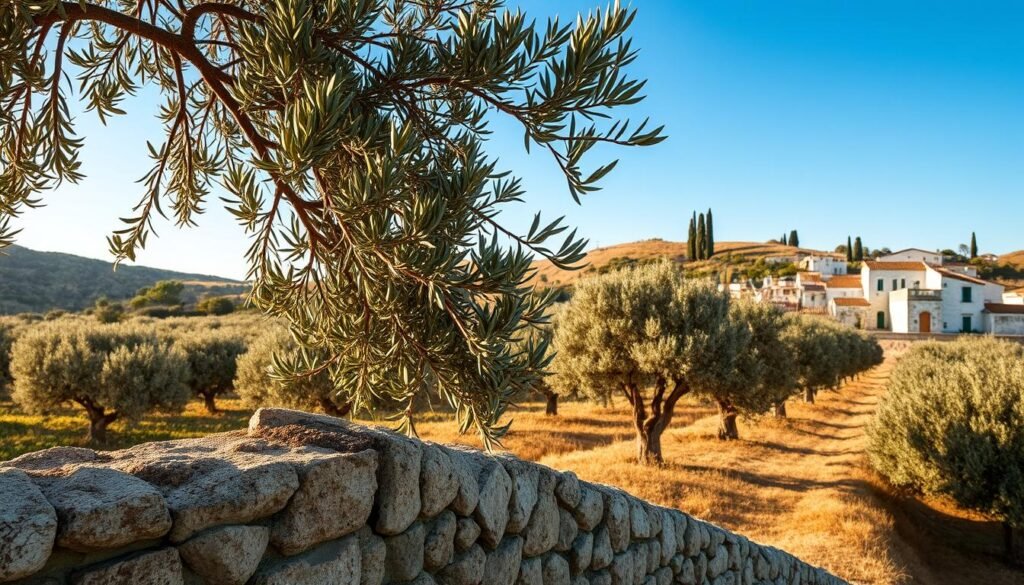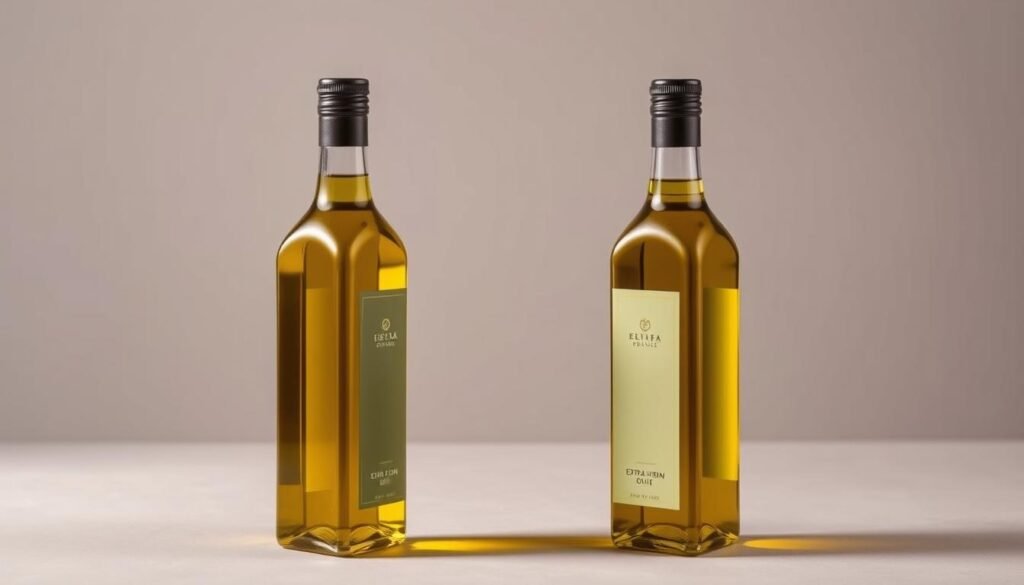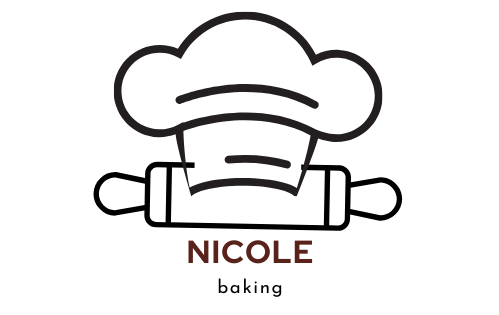
For centuries, Mediterranean cultures have harnessed the power of a golden culinary staple. This versatile ingredient elevates flavors while delivering nutritional advantages modern kitchens crave. Its unique properties make it ideal for sautéing, dressing, and even baking.
Rich in heart-healthy oleic acid, this liquid gold maintains stability at moderate heat levels. We’ll show how its composition supports better cooking outcomes compared to other fats. Discover why chefs praise its ability to enhance both savory and sweet dishes.
Our guide simplifies temperature management to preserve nutrients during meal prep. Learn to identify virgin varieties that pack bold flavors for drizzling. We’ll also share tricks for using different grades to maximize taste without wasting premium bottles.
From pan-searing techniques to salad enhancements, these methods transform everyday meals. You’ll gain confidence in selecting the right type for each culinary task. Let’s explore how ancient wisdom meets modern kitchen innovation.
- SMOOTH EXTRA VIRGIN OLIVE OIL: Expertly crafted by The Olive Oil People, this extra virgin olive oil is made from first …
- SMOOTH, DELICATE TASTE: Pompeian Extra Virgin Olive Oils are ideal for any meal that starts with a sauté and ends with a…
- 100% FARMER CRAFTED: Quality from The Olive Oil People since 1906.
Introduction to Our Olive Olive Oil Philosophy
Our journey begins with the farmers who nurture each grove with care and expertise. We prioritize relationships with growers practicing organic methods that protect soil health. Their dedication ensures every harvest meets rigorous quality benchmarks while preserving ecosystems.
Authenticity drives our selection process. Only oils pressed within 24 hours of harvesting make the cut – a standard that preserves natural antioxidants and flavors. This approach guarantees vibrant taste profiles perfect for drizzling or finishing dishes.
| Traditional Methods | Modern Standards | Key Benefits |
|---|---|---|
| Stone milling | Temperature-controlled presses | Preserves polyphenols |
| Natural decanting | Advanced filtration | Maintains freshness |
| Seasonal harvesting | Blockchain traceability | Ensures transparency |
We champion small-batch production that honors artisanal techniques. Unlike mass-market alternatives, these oils retain distinct regional characteristics. From Tuscan hills to Greek valleys, each bottle captures its origin’s essence.
Our partners share a commitment to ethical labor practices and carbon-neutral operations. By choosing their products, you support communities maintaining centuries-old traditions. Together, we’re redefining what premium quality means in today’s kitchen.
Historical Roots and Mediterranean Heritage of Olive Oil
Ancient civilizations laid the groundwork for modern culinary practices through their mastery of a prized liquid. Wild varieties first appeared in Asia Minor over 10,000 years ago, with Neolithic communities pressing the fruit into golden elixirs long before written history.

From Trade Routes to Tables
Phoenician merchants transformed global commerce by spreading cultivation westward. By 2800 BC, groves flourished in Greece and North Africa. Advanced pressing methods emerged in Galilee around 6000 BC – evidence shows early artisans valued quality extraction.
| Time Period | Key Development | Modern Connection |
|---|---|---|
| 8th millennium BC | Wild fruit collection | Small-batch harvesting |
| 28th century BC | Phoenician trade expansion | Global distribution networks |
| Roman Era | Mediterranean cultivation | Protected designation origins |
| Ancient Greece | Sacred temple use | Premium ceremonial grades |
Myths That Shaped Civilizations
Athena’s legendary gift to Athens cemented the tree’s status as divine. Victorious athletes received wreaths, while warriors carried branches as peace tokens. This symbolism persists in modern diplomacy and wellness rituals.
Roman engineers later standardized production, creating amphora-marking systems that foreshadowed today’s virgin olive certifications. Their innovations allowed stable transport across empires, preserving quality through seasons.
The Science Behind Olive Olive Oil Extraction
Extracting liquid gold from fruit requires precision and innovation. We focus on methods preserving natural flavors and nutrients while meeting rigorous quality standards. This process blends ancient wisdom with cutting-edge technology.
- 【 The Highest Quality Cold-Pressed Moroccan Olive Oil】 The Atlas Mountains of Morocco help grow the most perfect olives …
- 【 Maximum Health Benefits with Only Single Pressing of the Olives】 The Atlas Mountains of Morocco help grow the most per…
- 【 You will love the delicately complex aroma 】 that takes in almonds, culinary herbs and a mix of sweet bananas, lemons …
Cold Pressing Techniques
Traditional stone mills crush fruit slowly, preventing heat buildup. This 30-40 minute process protects delicate flavor compounds. Virgin oil produced this way retains higher polyphenol levels compared to faster methods.
Modern hydraulic presses maintain temperatures below 81°F. This cold extraction ensures chemical-free results. Producers measure acidity levels meticulously to meet extra virgin standards.
Modern Mechanical Extraction Methods
High-speed grinders now process fruit in seconds. Hammer mills create uniform paste while preserving quality. Advanced systems use temperature sensors to prevent overheating during grinding.
| Process Stage | Traditional | Modern |
|---|---|---|
| Grinding | Stone mills (40 mins) | Disk mills (20 secs) |
| Malaxation | Wooden troughs | Stainless steel vats |
| Separation | Gravity settling | Centrifugation |
Centrifuges spin at 3,000 RPM, separating oil from water efficiently. This method yields clearer virgin olive oil than older techniques. Proper filtration extends shelf life without compromising taste.
We prioritize methods maintaining acidity below 0.8% for extra virgin classification. Unfiltered varieties offer bold flavors but require faster consumption. Every step focuses on maximizing nutritional value and taste integrity.
Exploring the Difference: Extra Virgin vs Virgin Olive Oil
Understanding quality grades starts with recognizing strict production benchmarks. Extra virgin olive oil (EVOO) must meet chemical and sensory standards unmatched by other varieties, beginning with acidity levels below 0.8%. These requirements preserve the liquid’s natural antioxidants and flavor complexity.

Flavor Profiles and Aromatic Nuances
EVOO bursts with vibrant notes – think fresh grass, green apple, or artichoke. Early-harvest versions deliver peppery finishes that signal high polyphenol content. Virgin olive oils offer milder flavors, often losing nuanced characteristics during refining processes.
| Characteristic | Extra Virgin | Virgin |
|---|---|---|
| Acidity Level | <0.8% | <2% |
| Smoke Point | 356-419°F | 390-470°F |
| Primary Use | Raw applications | Light cooking |
Health Benefits and Quality Standards
EVOO contains 30% more polyphenols than standard virgin olive oils, boosting its antioxidant power. These compounds support heart health and reduce inflammation. Thermal stability varies too – premium EVOO handles moderate heat while retaining nutrients better than refined alternatives.
We prioritize oils passing rigorous lab tests and expert taste panels. Look for harvest dates and certifications when selecting. Proper storage in dark bottles maintains freshness for up to 18 months.
Enhancing Culinary Delights with Olive Olive Oil
Mediterranean kitchens have long celebrated a trio of essentials: sun-ripened grapes, golden wheat, and nature’s liquid treasure. These elements form the backbone of vibrant regional dishes, offering endless creative possibilities. Our focus unlocks smart techniques to amplify flavor and nutrition in every meal.
Versatile Uses in Everyday Cooking
Raw applications showcase premium grades best. Drizzle extra virgin olive oil over caprese salads or whisk into zesty vinaigrettes. Its peppery notes elevate fresh vegetables without overpowering delicate herbs.
For heat-based methods, choose wisely. Virgin olive oils handle sautéing and roasting while preserving beneficial compounds. Their balanced profiles enhance roasted root vegetables or seared seafood beautifully.
| Application | Recommended Grade | Key Benefit |
|---|---|---|
| Salad Dressings | Extra Virgin | Maximizes antioxidant retention |
| Sautéing | Virgin | Stable at medium heat |
| Finishing Touch | Unfiltered Extra Virgin | Adds aromatic complexity |
| Marinades | Citrus-Infused | Tenderizes proteins |
Master the art of finishing. A final swirl of grassy virgin olive oil transforms soups and grilled meats. This technique adds luxurious texture while introducing layered flavors.
Store bottles in cool, dark spaces to prevent rancidity. Properly maintained, quality varieties retain freshness for 18 months. Avoid placing near stovetops or sunny windows.
Innovative Cooking Hacks to Maximize Flavor
Many home chefs underestimate the power of precise heat management. We’ve developed smart techniques to help you extract maximum flavor while protecting delicate nutrients. These methods work equally well for quick sautés and hearty deep-fried dishes.
Mastering Temperature Control
Extra virgin olive oil (EVOO) shines when kept below 410°F. Use infrared thermometers to monitor pans – its grassy notes intensify at 350°F, perfect for garlic-infused bases. For frying, refined varieties handle 425°F+ without bitterness.
Try our layered heating method: Start with a virgin olive blend for initial searing, then finish with EVOO drizzle. This preserves antioxidants while building complex taste profiles. Pair with hot chili flakes to balance rich flavors.
Remember: Quality matters most in raw applications. Reserve premium bottles for dressings or bread dips. For high-heat tasks, choose filtered versions with neutral backgrounds. Proper selection lets every meal taste restaurant-worthy.
FAQ
What makes extra virgin olive oil different from regular options?
Extra virgin olive oil (EVOO) is unrefined, retaining natural antioxidants and flavors. It’s cold-pressed without chemicals, meeting strict acidity standards below 0.8%. Regular varieties often undergo processing, losing nuanced taste and health benefits.
How does Mediterranean heritage influence your products?
We honor centuries-old traditions, sourcing from family-owned groves in regions like Tuscany and Andalusia. Our methods prioritize sustainable farming and time-tested extraction techniques, ensuring authentic quality rooted in cultural practices.
Can I use EVOO for high-heat cooking?
Yes! While its smoke point ranges between 375–405°F, it’s ideal for sautéing or roasting. For deep frying, opt for refined blends, but EVOO adds rich flavor to moderate-heat dishes like pasta or grilled vegetables.
Why choose cold-pressed oils over modern alternatives?
Cold pressing preserves polyphenols and vitamins that combat inflammation. Mechanical extraction avoids heat-induced degradation, resulting in brighter color, fruitier aroma, and higher nutrient retention compared to industrial methods.
What dishes pair best with flavored varieties like lemon or chili?
Citrus-infused oils elevate seafood or salad dressings, while chili-blended options add zest to soups or roasted meats. Experiment with fig balsamic vinegar blends for bold dessert drizzles or cheese plates.
How do I store olive oil to maintain freshness?
Keep it in a cool, dark place away from sunlight. Seal tightly to prevent oxidation, and use within 6 months of opening. Avoid storing near stovetops—heat accelerates spoilage, dulling flavor and health properties.
Are your products suitable for gluten-free or vegan diets?
Absolutely. Our oils are naturally free of gluten, dairy, and additives. They’re perfect for vegan recipes, from dairy-free pesto to plant-based dressings, enhancing meals without compromising dietary needs.


